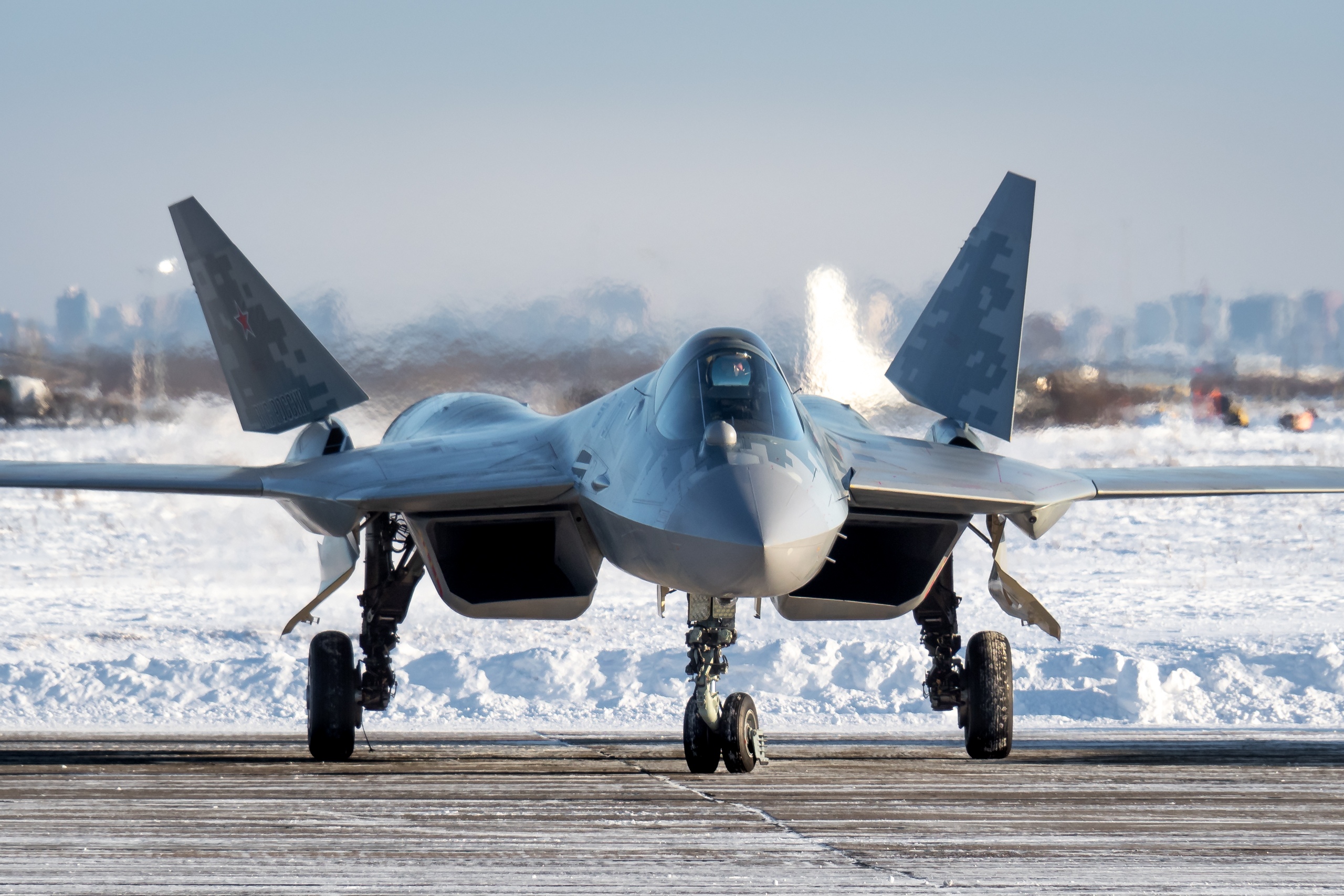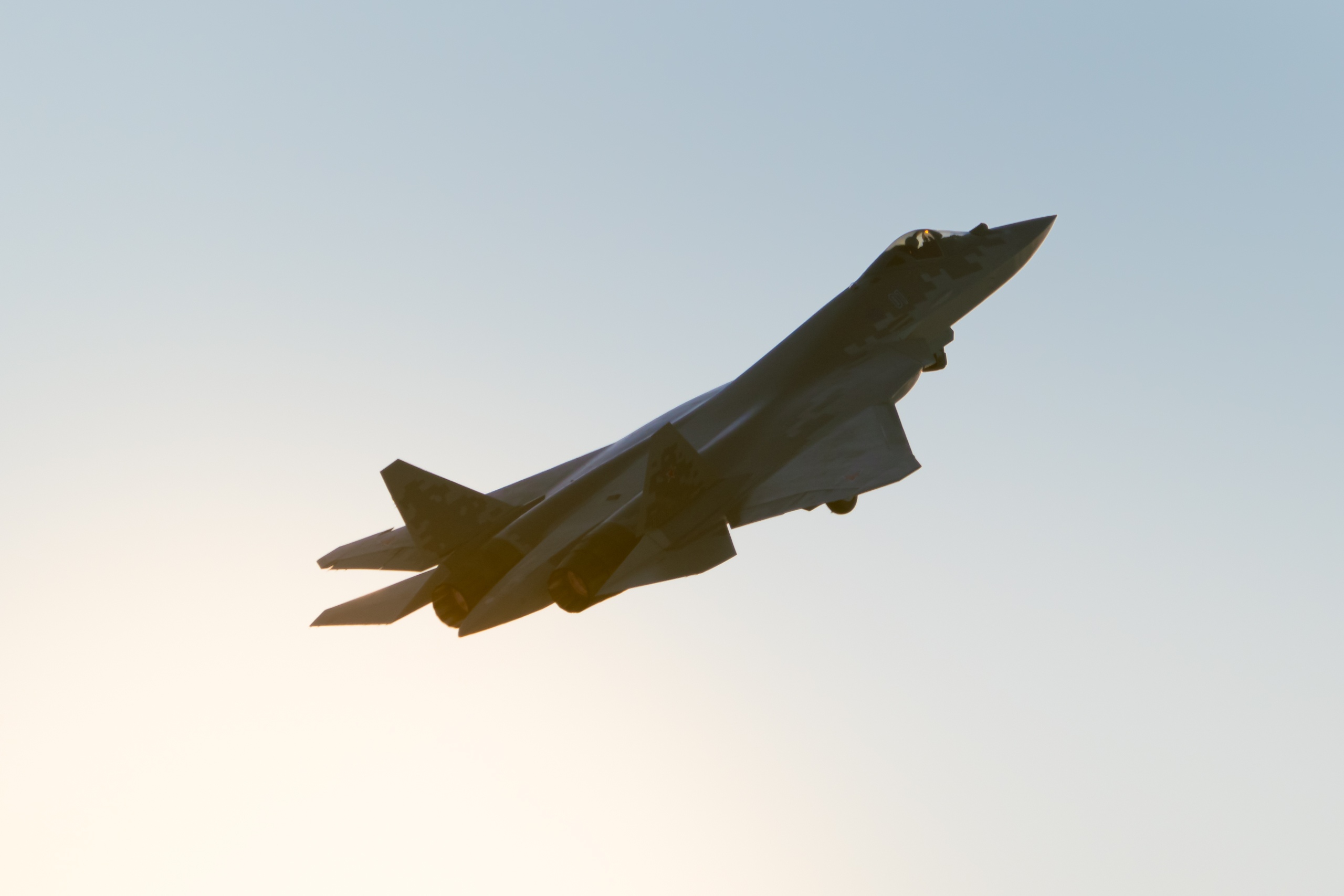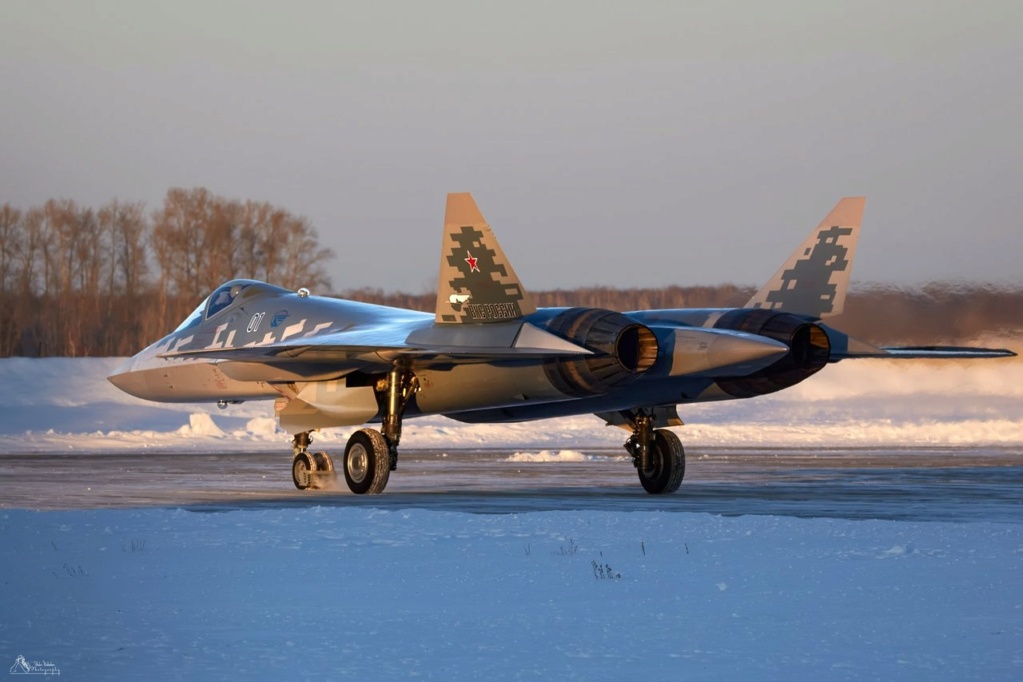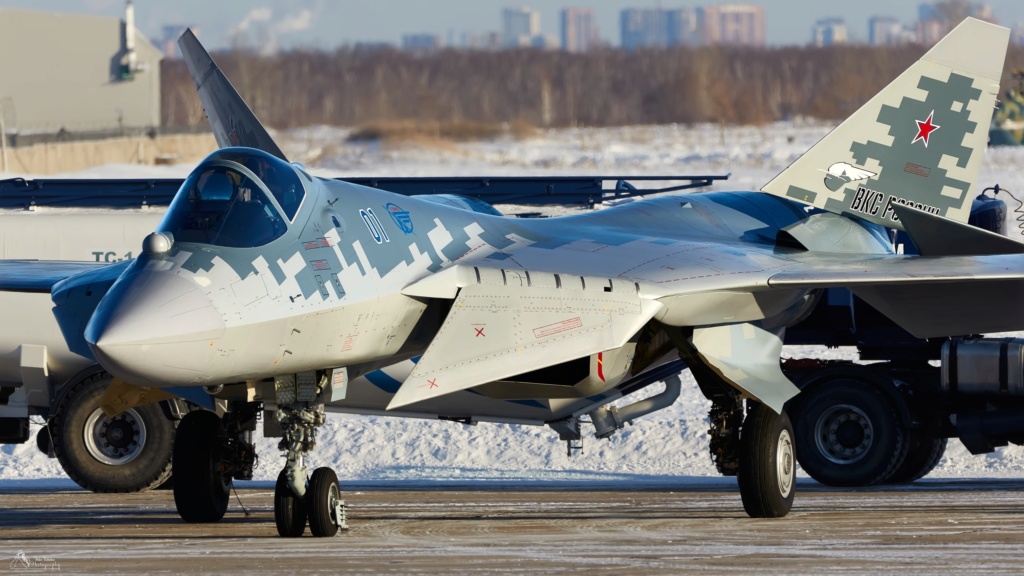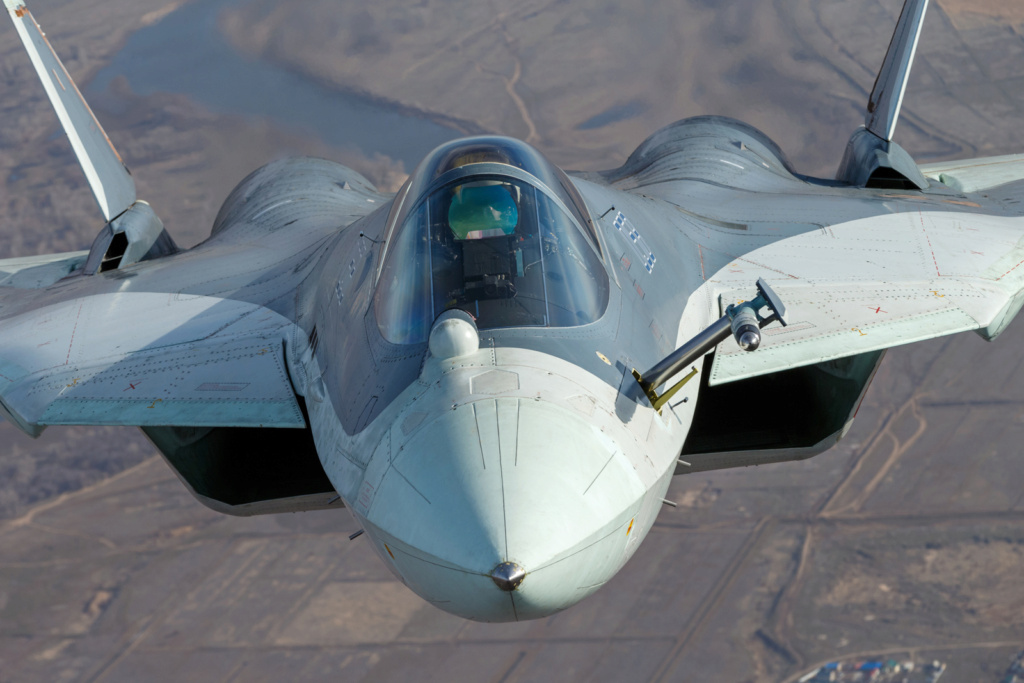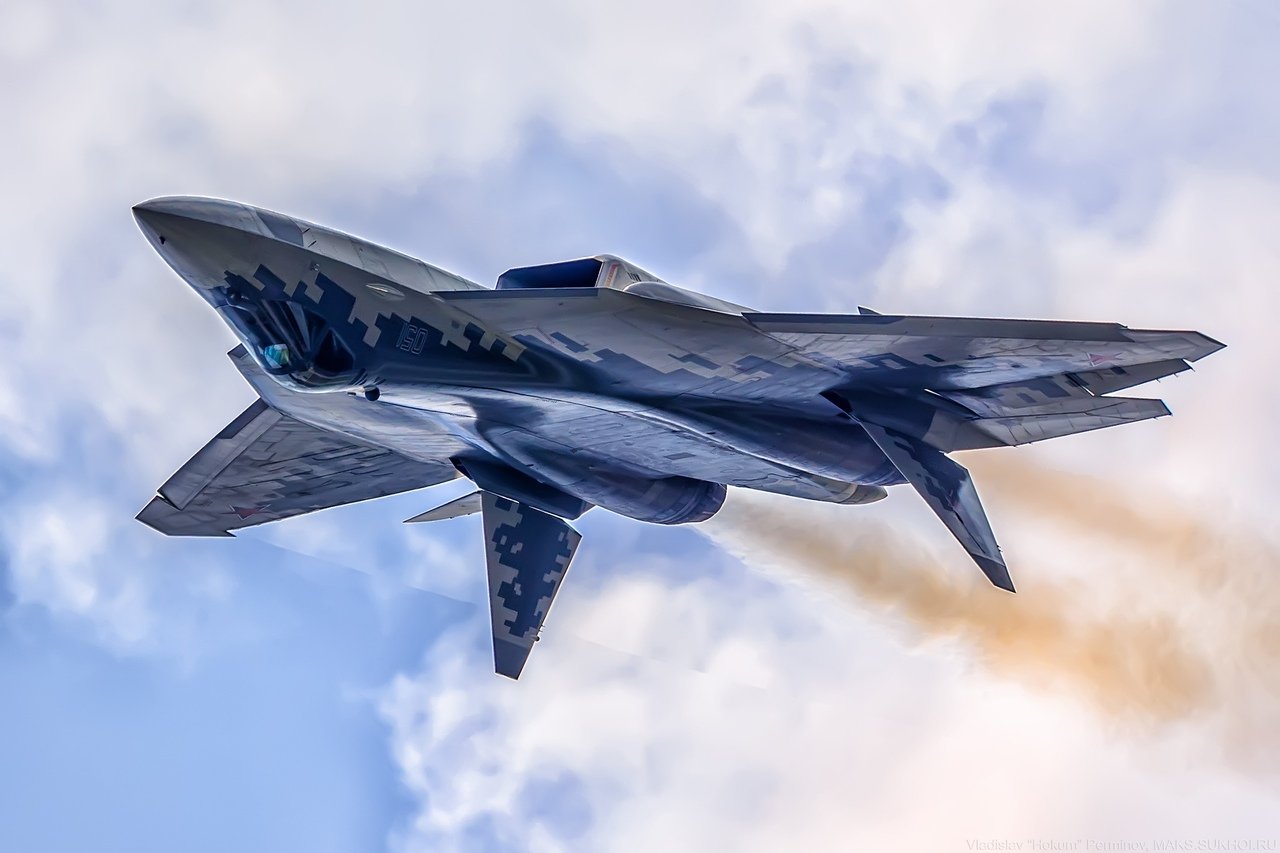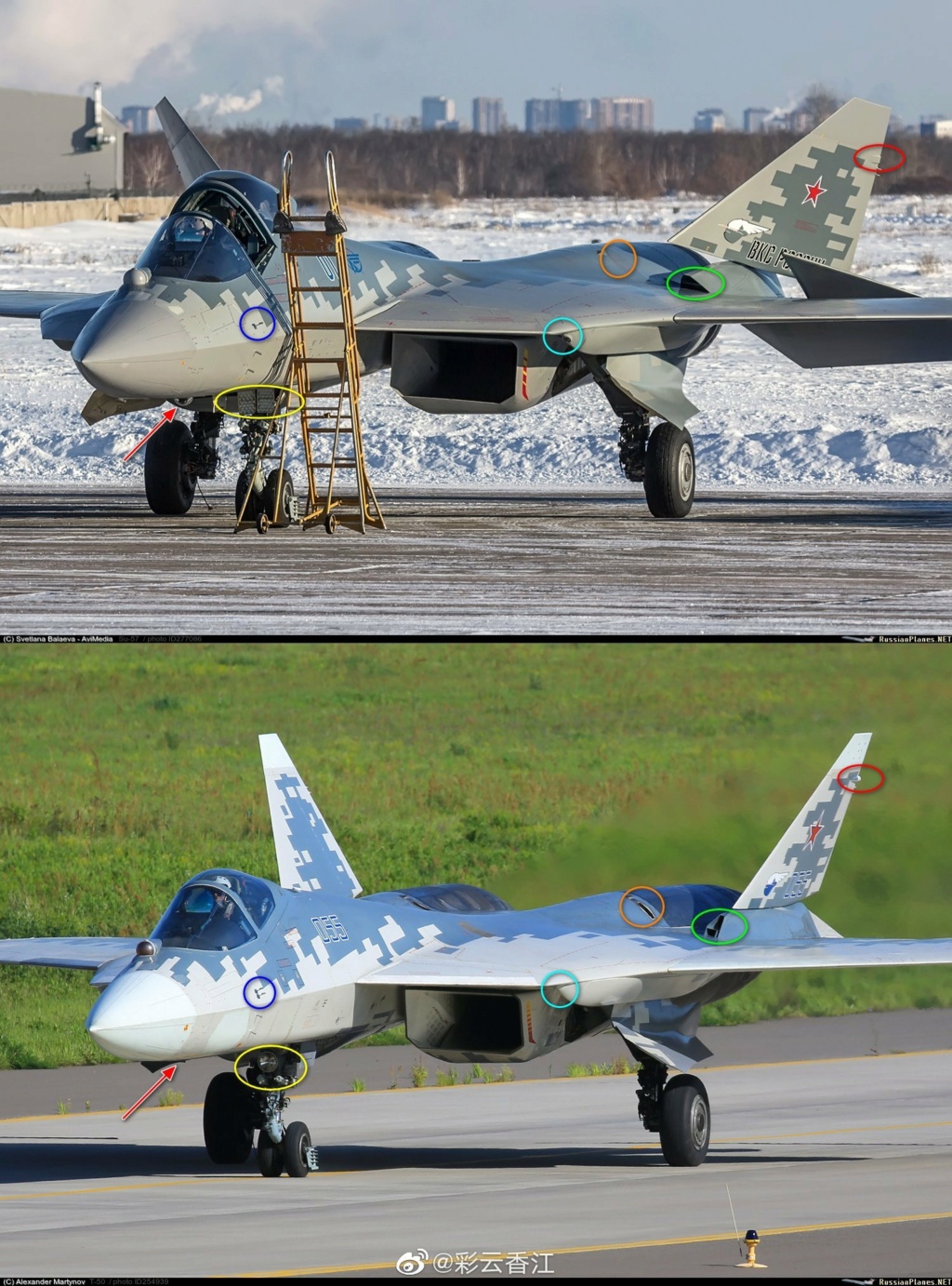Years after the russian version is still not ready.
The Russian version was the backup model for countries that did not have good relations with the west and did not want western components included... for most of the period of design that did not include Russia... now it does... and makes a military version more practical too which is a bonus.
What I'm saying is that you can't just wake up abd say "let's make a plane" when you don't have the industry for and expect it to be the best out there.
They are now making state of the art engines and new composite wings... the latter and former which were not made in Russia when this plane was started... if a western country was doing this it would be all over Popular Mechanic Magazine as an amazing feat... even more so when it is poor and under economic sanction Russia... but no mention as usual and certainly no credit.
Chinese have never made an engine and some here still expect them to be the best on the market.
China licence produces all sorts of western gear they would not otherwise be able to make on their own... it is not actually a big deal... licence produce and pay for the privilege. If they ban you then buy from someone else, or steal the technology.
BTW some western companies bought the ssj-100 and it isn't doing as expected.
Of course western companies will be totally honest all the time...
It was roposed with improvements but couldn't compete with airbus and boeing after sale services
Airbus and Boeing are in a position to undercut any potential competitor to an extent no Russian maker can match, but fortunately for Russia the west is imposing all sorts of economic and political sanctions so return sanctions that would break WTO rules can be imposed to protect and help grown domestic producers like food growers and aircraft makers...
That topic has been commented before, I think Egorov on Military Acceptance said something similar... I remain sceptic any plane would be operated from a carrier without ramp and arresting cables at least, no need for it
they are not talking about standard aircraft operating from carriers... they will use ramps and arrester cables... that is just common sense as it means they use less space to take off and land.
Dont know if this has been discussed before on the forum but can the Su-57's if 2nd variant gets equipped with ROFAR can it engage air to air missiles with the 1,800 rounds from the 9-a1-4071k cannon which has a max 1.2km range engaging aerial targets, like tracking the inbound air to air missile at a 5-10km range or farther before firing.
It would make more sense to carry tiny interceptor missiles like the anti drone versions of the Pantsir system.... trying to shoot the incoming threat with the aircraft mounted cannon would essentially mean pointing your nose at the high speed incoming threat when turning off at a tangent direction would make more sense.
Very cool and a great milestone after a rather seemingly long developing and testing period, but I don't think that really was the case and the reason is we were rather quite influenced by China's sudden development of the J-20 and the speed at which they brought that thing about. I think that really -- and by default -- just made the development of this aircraft seem a lot longer than it really was.
The thing about the Chinese stealth fighters is that they are largely unknown... but we know their engines are not state of the art new designs... what are their other systems like?
But it still seems rather unfinished. I see a few panels that are off-colored and not painted in what appears to be the RAM in that darker grey?
RAM goes over the aircraft and then the paint goes over top of that. The nose and the side panel below the IRST are dielectric material designed to be invisible to radar waves because they cover radar antenna.
Why is the top seam of the canopy gaping?
A canopy is required to withstand the impacts of rather heavy objects... ie large birds. By having a two piece design the front section can be thicker and stronger, while the canopy behind that can be thinner and clearer and easier to see through. The canopy on the F-16 is very thick and actually rather heavy because it is a one piece that is thick enough to withstand a high speed bird strike from any angle... which means it wont be as easy to see through as a thinner lighter canopy.
The location of the structure of the canopy is well within the field of view of both the nose mounted radar and IRST so if you think there is a chance something might be there and the pilot can't see it then you would be wrong. Moving your head to look left and right is normal for pilots and bobbing your head up and down means the strip of vision where you can't see is eliminated.
The odds of something appearing and remaining in that blind spot is enormously low and even if they did it is not a blind spot for IRST and radar...
Everyone complaining about bulbs on the Su-57, TAI TFX has them as well based on illustrations and designs shown of it.
Anyone know what the two, bulbous glass balls are for? One on top and one on bottom.
The one on the spine behind the cockpit is part of the self defence suite for detecting laser and IR sources and is part of the DIRCMS system to defend the plane from IR and IIR guided and optically guided weapons... the material is likely a crystal material probably Germanium... its RCS would be zero.
The front facing ball is the IRST which contains EO including thermal and IR sensors for detecting aircraft targets out to extended ranges so the aircraft can operate in hostile airspace with minimal use of radar emissions... which is also a very good thing in terms of stealth.
Have a look at this image up close... note in particular the horizontal gap between panels below the number 156 and the location of fasteners...
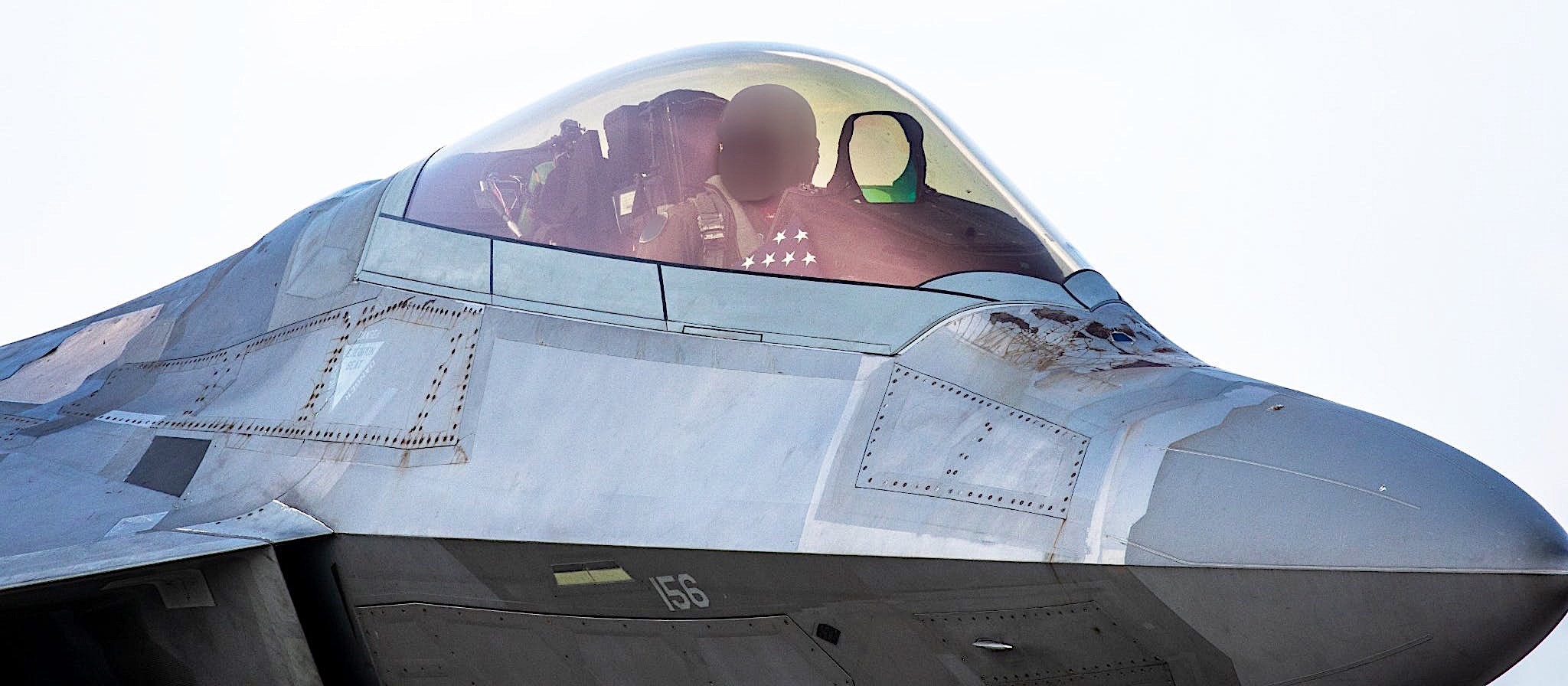





 thegopnik
thegopnik


